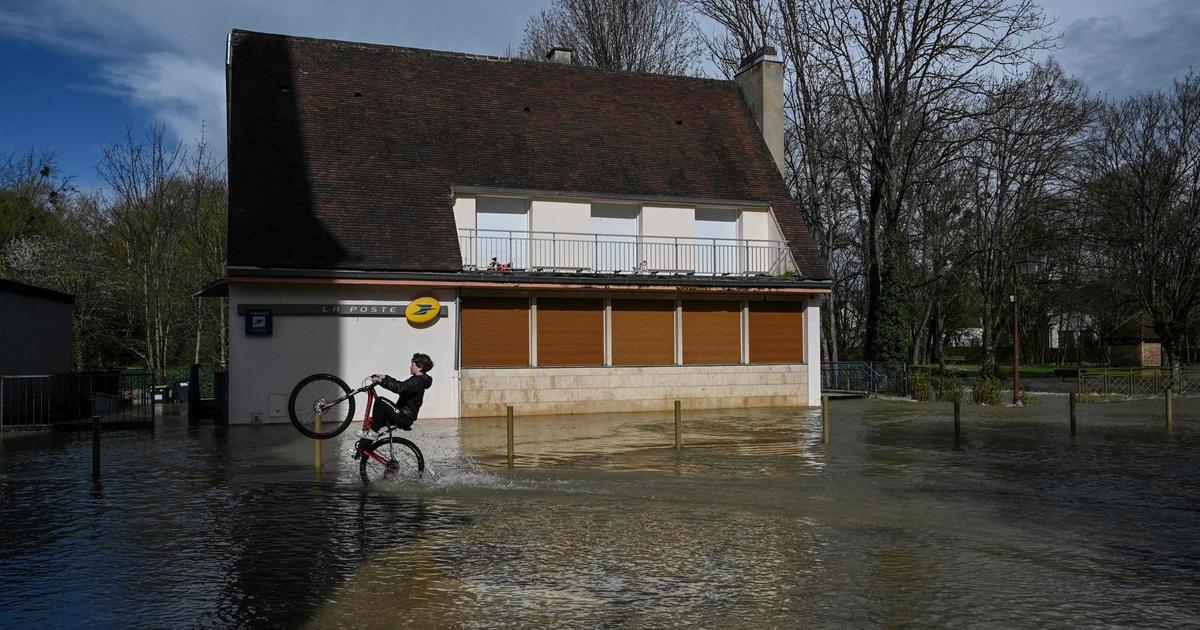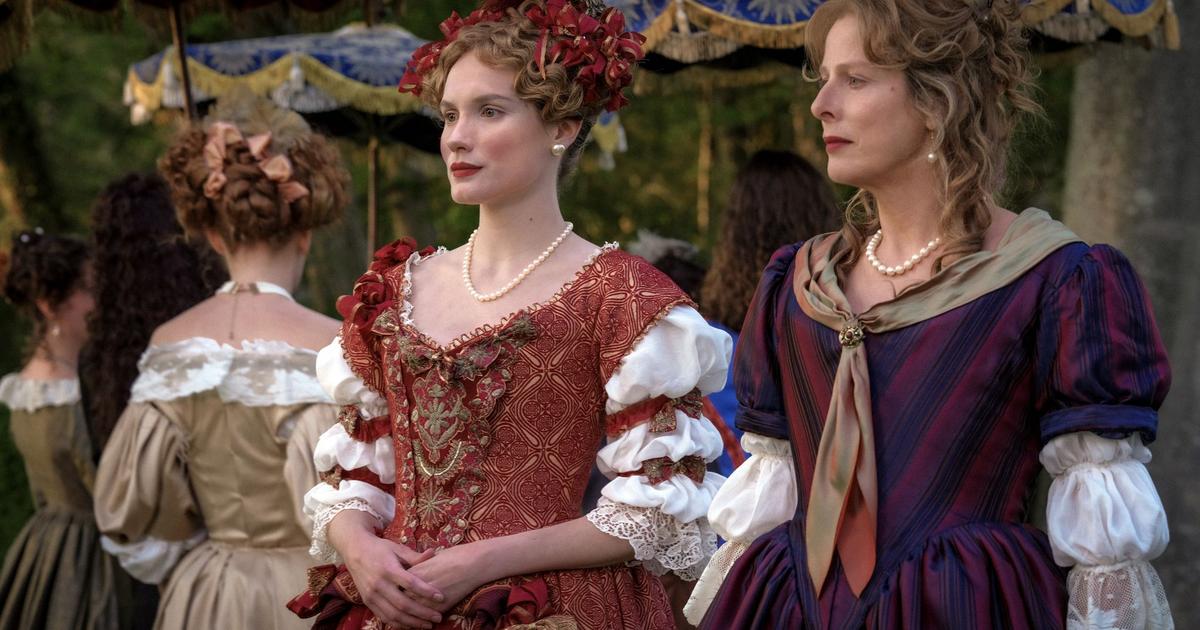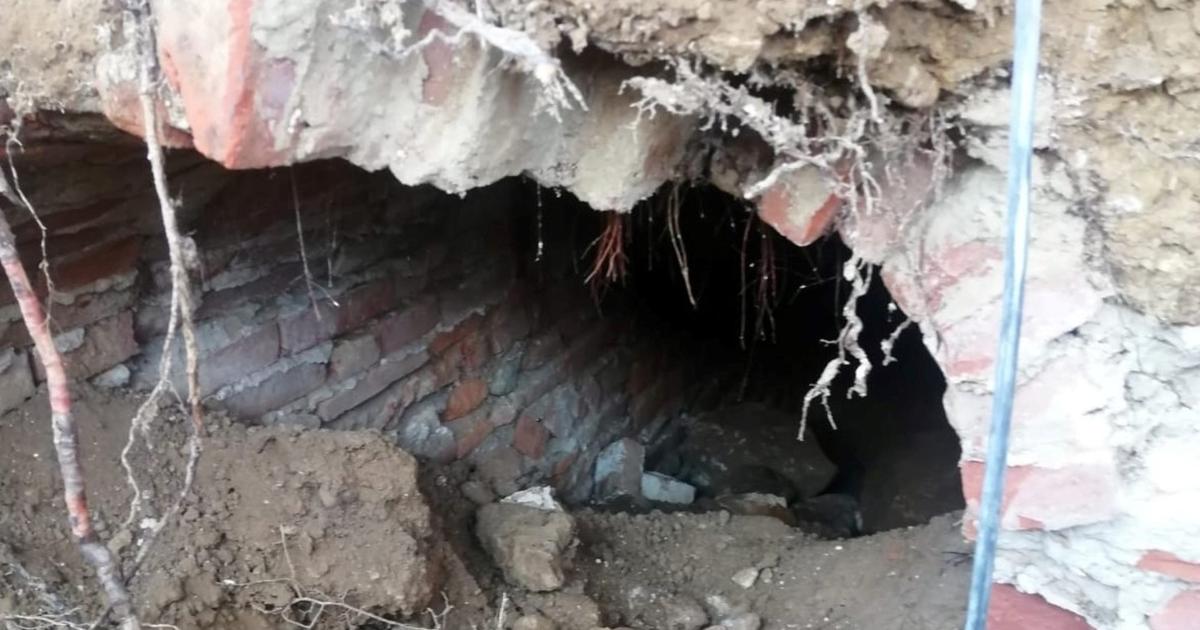"On the rue des Grand-Augustins, I bump into Françoise Gilot. As always, he carries large rolls of paper under his arm and, despite the cold and cutting wind from the North, he displays new guaches, mostly brightly colored still lifes, revealing an undeniable quality for painting. 'I'm going to show them to Picasso,' he tells me with a knowing smile," Brassaï writes in 1964's Conversations with Picasso.
French painter Françoise Gilot, Picasso's partner and mother of Claude and Paloma, dies
The day of the meeting is a Tuesday in December, December 7, 1943, and Françoise Gilot is then, Brassaï says, a young woman gifted in art, eager to receive advice but also to show what she is capable of, aware of the qualities that the Hungarian photographer discovers even in a quick glance during the Parisian meeting. Françoise Gilot, who died last Tuesday at the age of 101, is a good artist. And it is vital, above all vital. One of those people capable of looking forward, of setting goals and pursuing them, although in the Paris of 1943 – and even in New York judging by the few women of abstract expressionism – pursuing goals, contradicting destiny, is not an easy goal for a woman born into a family of order.
Like another great French artist who triumphed in the United States, Louise Bourgeois, Gilot had arrived in Paris fleeing not only from a bourgeois family, but from an authoritarian father who wanted to see her become a lawyer. For her part, the mother, perhaps following what was expected for the wives of the wealthy class of the time, introduced the young Françoise to drawing and watercolor: the colors tell unexpected stories. Because of this pressing need to pursue colors – leit motif of his painting – because of this legitimate desire to contradict fate, Gilot settles in Paris. She believes in herself, too. He demonstrates this when he deploys the guaches in front of Brassaï in the rue des Grand-Augustins, near Picasso's studio. The painter from Malaga and Gilot met a few months earlier, in May. He is a man in his 60s; she, very young, is an aspiring artist who waits for her idol for hours at the door of the studio to see her work, Brassaï continues.
Afterwards, the relationship becomes closer. In Gilot, an artist in training, the hypnotism of sharing strokes and ideas with the great master arises. Picasso falls in love for the umpteenth time with this special girl and asks the photographer to portray her, but not to be fresh out of the hairdresser – she is more beautiful disheveled. He is fascinated by the girl with the luminous smile, the one who shows the famous photo of Robert Capa, in 1948; the girl with her whole life ahead of her, who protects Picasso with a huge parasol, right behind her. Later, with Picasso, the novelty evaporates. The complicities between artists that Gilot was looking for end and, fed up with her role reduced to logistical issues, she leaves him. Who needs another figure of an authoritarian parent?
This time it was Gilot who ended a relationship of 10 years and two children, Claude and Paloma. After all, history was going to prove it, she was also an artist. The exhibitions follow one another: the first retrospective in 1979, in California. Also there she would be the art director at the Virginia Woolf Quarterly publication, between 1972 and 1977. For Gilot it was essential to work, paintings full of life and color, which Brassaï saw and which were becoming more powerful, as could be seen in the retrospective of the Gagosian gallery in 2012. It must not have been easy not to survive the Minotaur, but to continue with the artistic project that Gilot had clear since his arrival in Paris.
In any case, in a world like ours, what is remembered above all in the history of Gilot was his book My Life with Picasso, in which he revealed the private life – and therefore less idyllic – of the great master, of which millions of copies were sold. All of Picasso's friends closed ranks with the painter – as expected – even calling him in bad taste, recalls the couple's old friend Penrose. They wondered why he would write it. Vengeance? Desire for prominence? And why not, just a little poetic justice, a wake-up call for all authoritarian parents? Few speak, however, of another essential book in Picasso's bibliography written by Gilot on Matisse and Picasso, the two great friends, published in 1990, and basic to understand the relationship between them, with their lights and shadows. A text that, in its own way, speaks first of all of those artists who had the need to contradict their destiny who, like Gilot or Dora Maar, were artists and not "Picasso's muses".
Subscribe to continue reading
Read without limits
Read more
I'm already a subscriber















